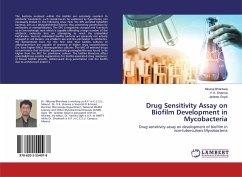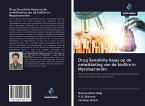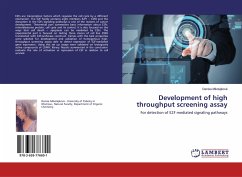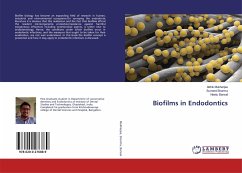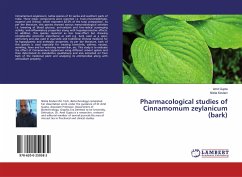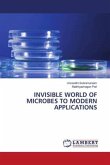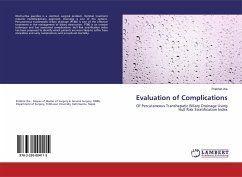The bacteria enclosed within the biofilm are extremely resistant to antibiotic treatments; such resistancecan be explained by hypotheses, not necessarily limited to the following ones. First, the EPS secreted bybiofilm bacteria, acts as a physical/chemical barrier, thus preventing penetration by antibodies or manyantibiotics. The EPS is negatively charged and functions as an ion-exchange resin which is capable ofbinding a large number of the antibiotic molecules that are attempting to reach the embedded biofilmcells. Second, embedded biofilm bacteria are generally not actively engaged in cell division, are smallerin size and less permeable to antibiotics. We demonstrate here for the first time that biofilm cultures of aMycobacterium are capable of growing at higher drug concentrations (i.e. have higher MICs) thansuspension cultures. The MIC of selected drugs concentration that inhibited exponentially growingbiofilm was found to be higher than the MIC for planktonic culture. The biofilm literature offers essentiallythree possible explanations for biofilm-associated drug resistance: (i) Slower biofilm growth, (ii)Decreased drug penetration into the bioflm due to architecture and/or e
Bitte wählen Sie Ihr Anliegen aus.
Rechnungen
Retourenschein anfordern
Bestellstatus
Storno

